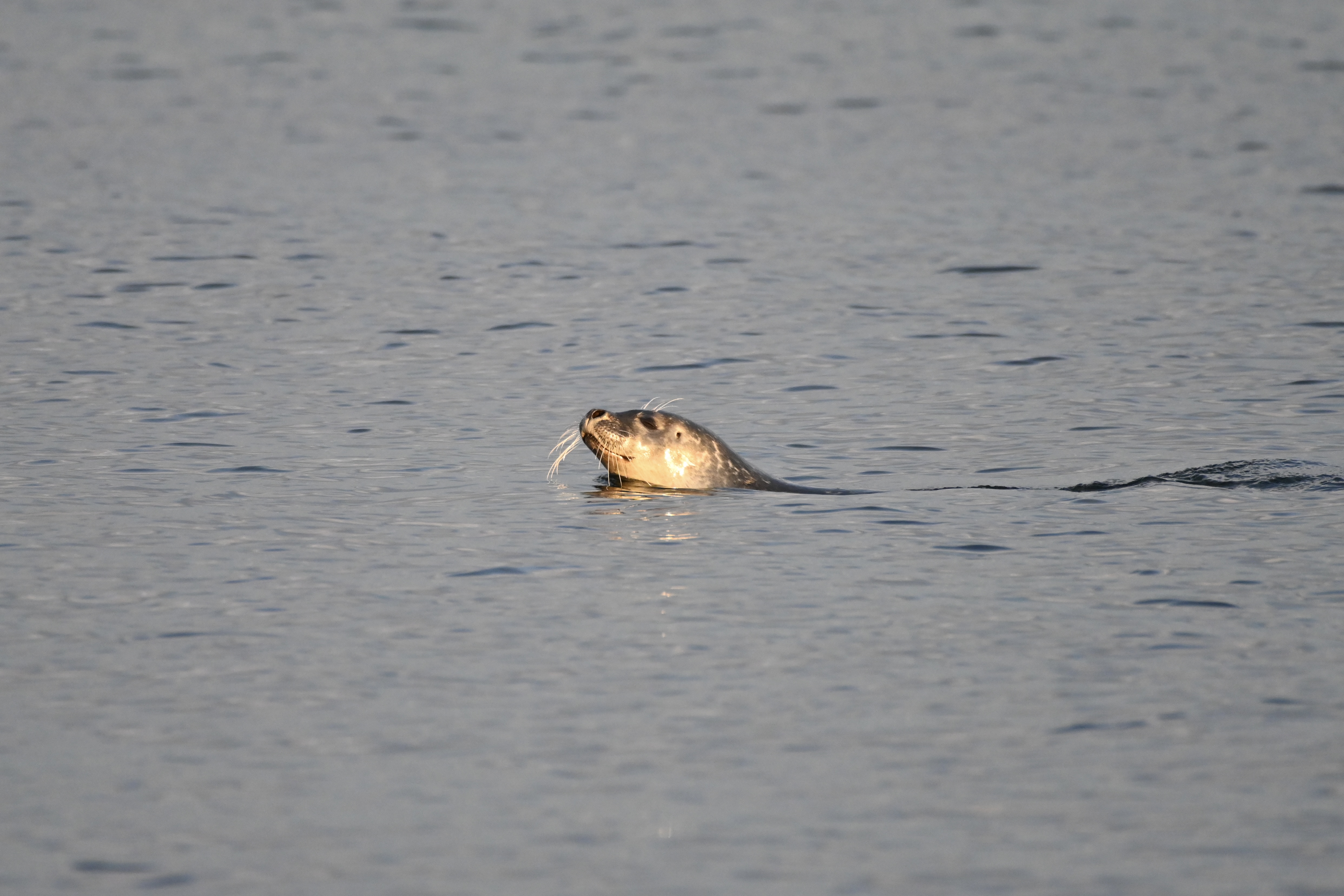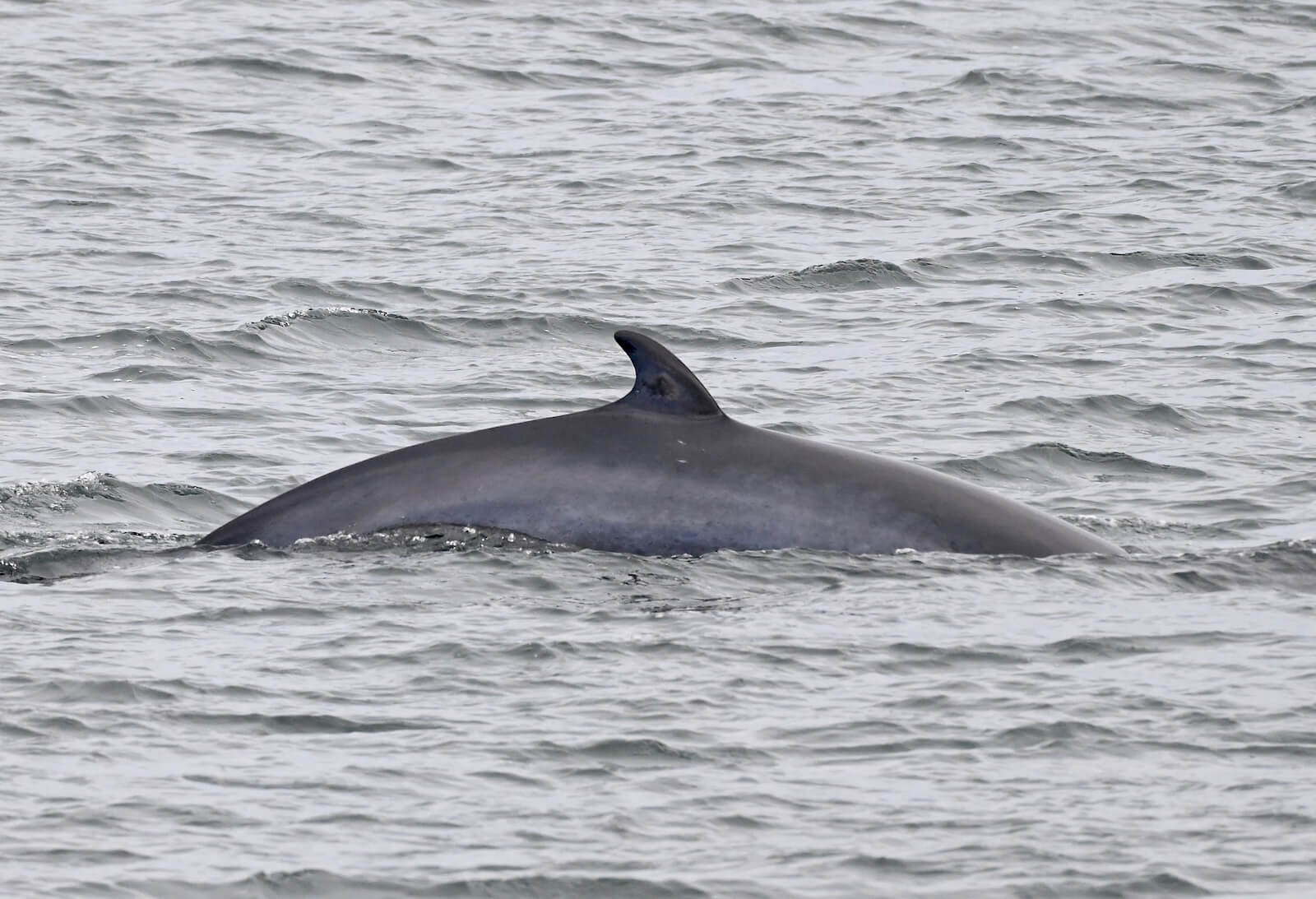A dynamic environment
It is a well known fact that whales come to the St. Lawrence to feed. Forget the well stocked, round-the-clock buffet; instead, the region can better be described as a hunting area subject to fluctuating currents and temperature. Prey (zooplankton and small pelagic fish) swim or drift with the currents. Week to week, day to day and even from hour to hour, they change sector and depth, though the whales are never far behind in their pursuit. The pattern of observations is indeed different from one week to the next, as pointed out by several News from Afield collaborators.
A researcher from the Mingan Island Cetacean Study (MICS) suspects that the animals moved westward this week, toward Anticosti Island. Off the coast of Longue-Pointe-de-Mingan, where the MICS research station is located, some twenty fin whales remain present as well as nearly a dozen minke whales and harbour porpoises. Humpbacks appear to have left the area.
In the Gaspé, MICS director and founder Richard Sears points out that the blue whales have headed out to sea (about 10 nautical miles from the coast). Nearly 12 blue whales were counted this week between L’Anse-à-Valleau and Cloridorme.
On September 4 in the Estuary, a fin whale is seen off the coast of Charlevoix, opposite Cacouna. The same day, from the lookout at the Marine Environment Discovery Centre (CDMM) in Les Escoumins, observers simultaneously follow the movements of a dozen minke whales feeding near the rocks.
Unexpected observations as well
Off Cloridorme, thirty or so long-finned pilot whales mingled with a group of approximately one hundred white-sided dolphins. These two species of the dolphin family (Delphinidae) were probably hunting together. The MICS team has posted photos of this encounter on its Facebook page. White-sided dolphins feed primarily on small pelagic fish, squid and occasionally small benthic crustaceans. Pilot whales prey essentially on squid and mackerel that they find in the water column, though they will occasionally eat shrimp and other fish species (cod, plaice). The white-sided dolphin is a regular visitor to the St. Lawrence. Observations of pilot whales are somewhat less frequent; they are found especially near the Gaspé Peninsula and the east coast of Newfoundland.
And, lastly, not one right whale, but two are in the Mingan region this week! While Phantom is still plying these waters, a second, smaller individual was also spotted by the MICS team. Researchers of the New England Aquarium suspect that it might be a calf born in 2012, though this remains to be confirmed.





